

The most compelling difference between a butterfly valve and a gate valve is their operation mechanism.
A butterfly valve uses a rotating disc to regulate or stop fluid flow, which provides quick and efficient control, especially for throttling.
In contrast, a gate valve operates by lifting or lowering a gate to open or close the flow — making it better suited for on/off applications but slower to operate.
The butterfly valve’s compact design and fast quarter-turn operation make it more practical in tight spaces and for frequent use, while the gate valve excels in high-pressure settings requiring full shutoff.
Read on as this this article compares the two, examining their key differences, uses, materials, pros and cons, and frequently asked questions.
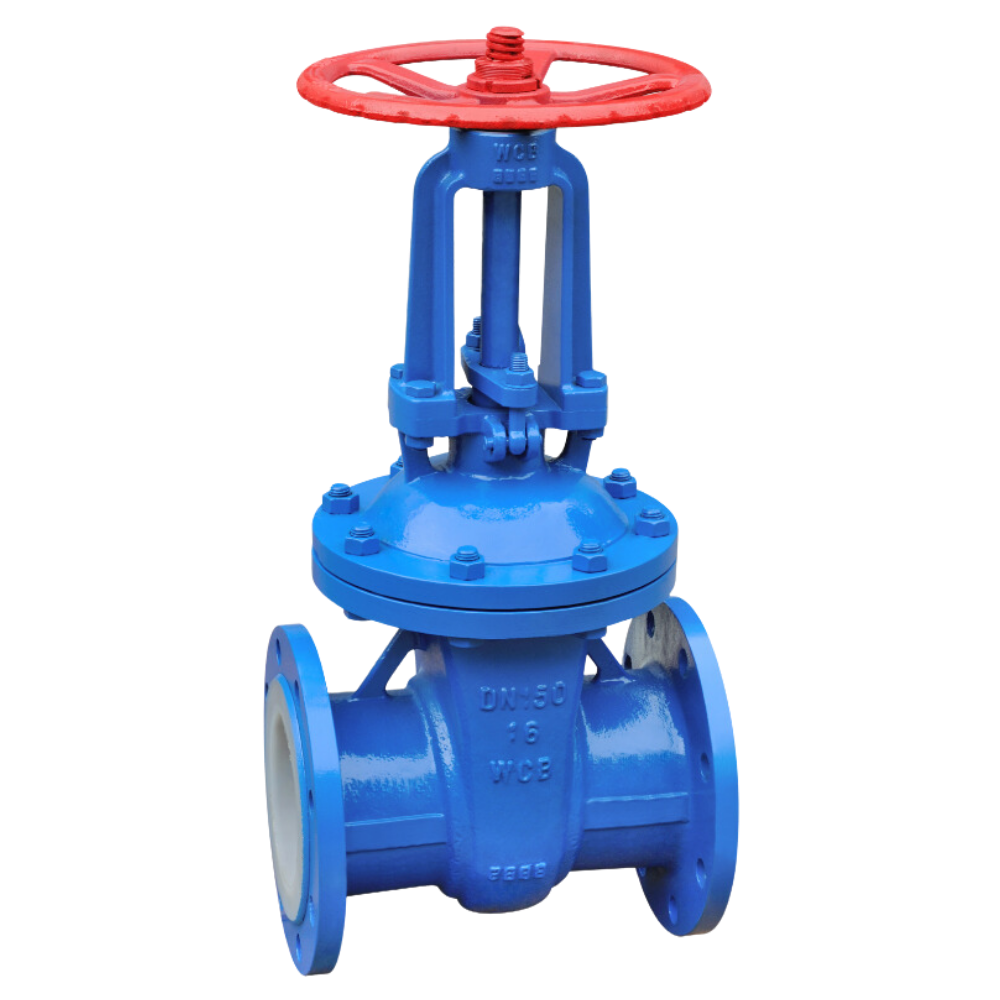
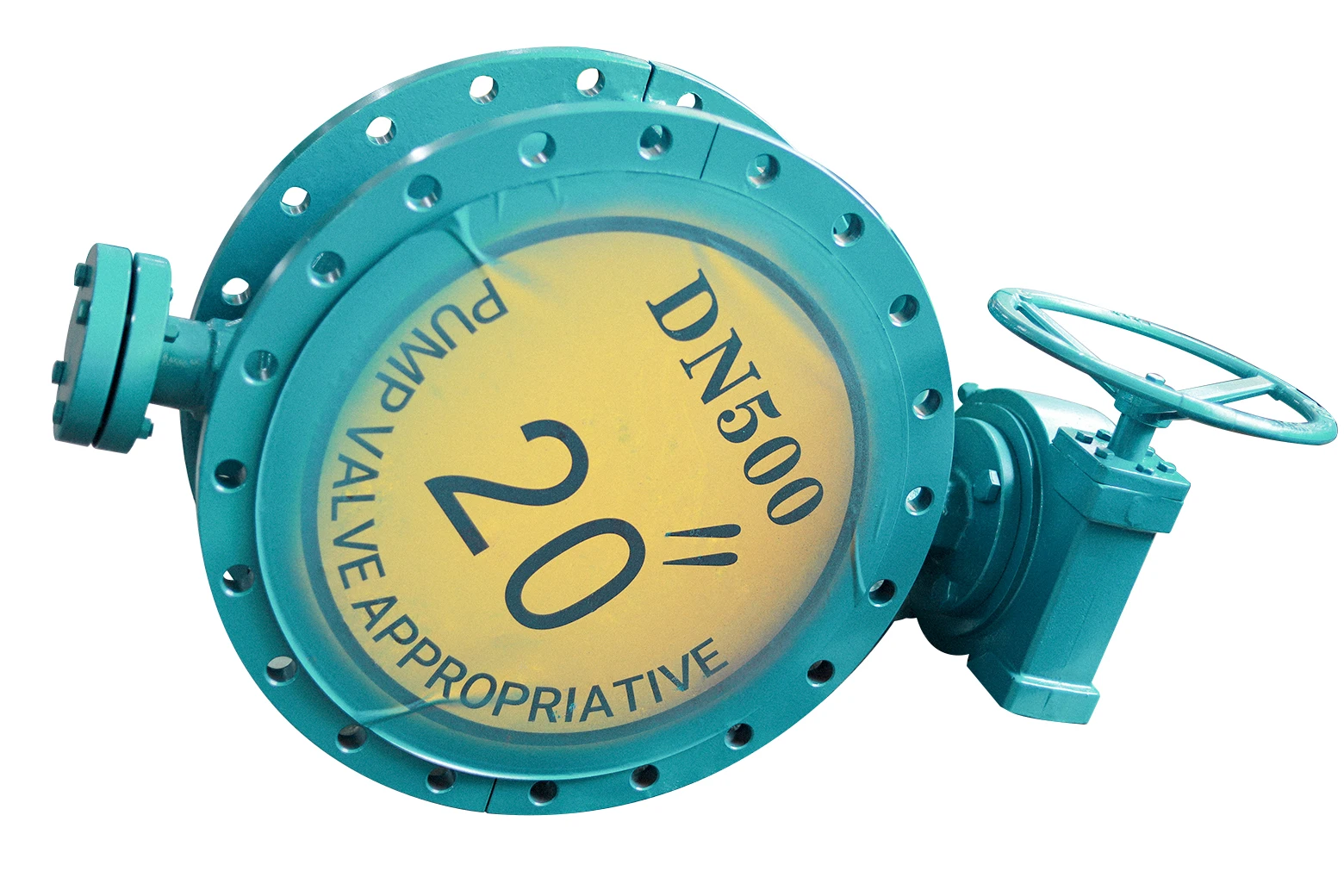
| Feature | Gate Valve | Butterfly Valve |
| Operation Mechanism | Opens/closes by raising or lowering a gate within the valve | Rotates a disc to regulate the flow of liquid or gas |
| Design | Bulkier; requires more space | Compact, lightweight design |
| Flow Control | Suitable for on/off flow control | Ideal for throttling and regulating the flow |
| Installation | Requires more space due to its design | Easier and faster to install in confined spaces |
| Pressure Handling | Handles high-pressure applications well | Less suitable for very high-pressure environments |
| Cost | Typically more expensive | More cost-effective |
A gate valve is a device that controls the flow of fluid by moving a gate or wedge up and down to open or close the pathway.
It’s typically used in applications where a full-open or full-closed position is required.
The valve is designed to provide minimal flow resistance when fully open, which makes it highly effective for high-flow and high-pressure systems.
Gate valves are most commonly used for on/off control. They are not designed for regulating flow but excel in completely stopping or allowing fluid passage.
Gate valves are typically found in industrial settings where high-pressure conditions demand a reliable shutoff, such as in oil and gas industries, water distribution systems, and chemical plants.
Stainless steel gate valves are known for their corrosion resistance, making them ideal for use in harsh environments such as chemical processing or marine applications.
Flanged gate valves come with flanged ends that make installation easier by providing strong, reliable connections to pipelines.
This variant focuses on high durability and specific applications requiring robust, corrosion-resistant materials, particularly in highly corrosive environments.
Cast iron gate valves are commonly used due to their durability and cost-effectiveness in lower-pressure systems.
Stainless steel gate valves are highly resistant to corrosion, making them suitable for chemical, oil, and water systems where longevity is crucial.
Bronze is often used in gate valves for its toughness and resistance to wear, commonly applied in marine environments.
Gate valves are a popular choice in water supply and distribution systems, ensuring reliable shutoff when necessary.
They are essential for controlling the flow of petroleum and natural gas in high-pressure environments.
Due to their corrosion resistance (especially stainless steel gate valves), gate valves are crucial for managing chemicals.
| Pros | Cons |
| Excellent for high-pressure systems | Slow operation due to large movement of the gate |
| Minimal fluid resistance when fully open | Not suitable for throttling or regulating flow |
| Durable and reliable in heavy-duty applications | Bulkier design compared to other valve types |
| Available in various materials, including stainless steel | Higher cost and more complex installation |
A butterfly valve is a quarter-turn valve that uses a rotating disc to control fluid flow.
Unlike gate valves, butterfly valves are ideal for regulating and throttling flow rather than only on/off control.
They are commonly used in large pipes or systems where quick operation and compact design are priorities.
Butterfly valves are widely used in applications where quick shutoff is required, as well as for throttling flow.
These valves are suitable for low- to medium-pressure applications, such as water treatment plants, HVAC systems, and slurry pipelines.
Wafer-style valves are designed to fit between pipe flanges, providing a tight seal and preventing backflow.
Lug butterfly valves are designed with threaded inserts on both sides of the valve body, allowing them to be installed with bolts between two flanges.
This design features two offsets to improve sealing and reduce wear, commonly used in high-pressure and high-temperature systems.
Butterfly valves made from cast iron are typically used in low-pressure systems due to their durability and affordability.
Stainless steel butterfly valves offer excellent corrosion resistance, ideal for use in water treatment or chemical industries.
PVC butterfly valves are lightweight and cost-effective, commonly used in residential and low-pressure applications.
Butterfly valves are ideal for regulating water flow in treatment plants due to their quick operation.
They are frequently used to control airflow in heating, ventilation, and air conditioning systems.
In industries where slurry or thick fluids are transported, butterfly valves help regulate the flow efficiently.
| Pros | Cons |
| Compact, lightweight design | Not suitable for high-pressure applications |
| Fast, quarter-turn operation | Susceptible to wear in abrasive environments |
| Cost-effective solution for large systems | Can cause pressure drops when partially opened |
| Excellent for throttling and regulating flow | Less durable than gate valves in some heavy-duty settings |
Gate valves control on/off flow with a gate mechanism, globe valves regulate flow with a disk, and butterfly valves throttle flow with a rotating disc.
Gate valves are slower to operate and are not suitable for throttling, making them less ideal for applications requiring frequent adjustments.
Butterfly valves are not suitable for high-pressure systems or applications where precise flow control is necessary.
Butterfly valves offer quick operation and are highly cost-effective, especially for large pipes or systems that require rapid shutoff.
Gate valves are typically used in high-pressure systems, such as oil and gas pipelines, while butterfly valves are common in water treatment and HVAC systems.
The globe valve is a common alternative to a gate valve, particularly in applications where flow regulation is required.
Butterfly valves can cause pressure drops when partially opened and may wear out quickly in abrasive environments.
Butterfly valves can cause pressure drops when partially opened and may wear out quickly in abrasive environments.
LIANKE is a renowned manufacturer of high-quality gate valves and butterfly valves.
They specialize in producing robust valves made from stainless steel and other durable materials to ensure longevity and reliability in harsh industrial environments.
Their extensive product range caters to diverse industries such as oil and gas, water treatment, and chemical processing.
Whether you need a stainless steel gate valve for high-pressure applications or a cost-effective butterfly valve for water systems, LIANKE ensures quality, performance, and service tailored to your specific needs.
Contact them now.
Resources:
Gate valve vs. butterfly valve: what’s the difference?
Gate Valve vs Butterfly Valve: Key Differences
The Key Difference Between a Gate Valve and a Butterfly Valve
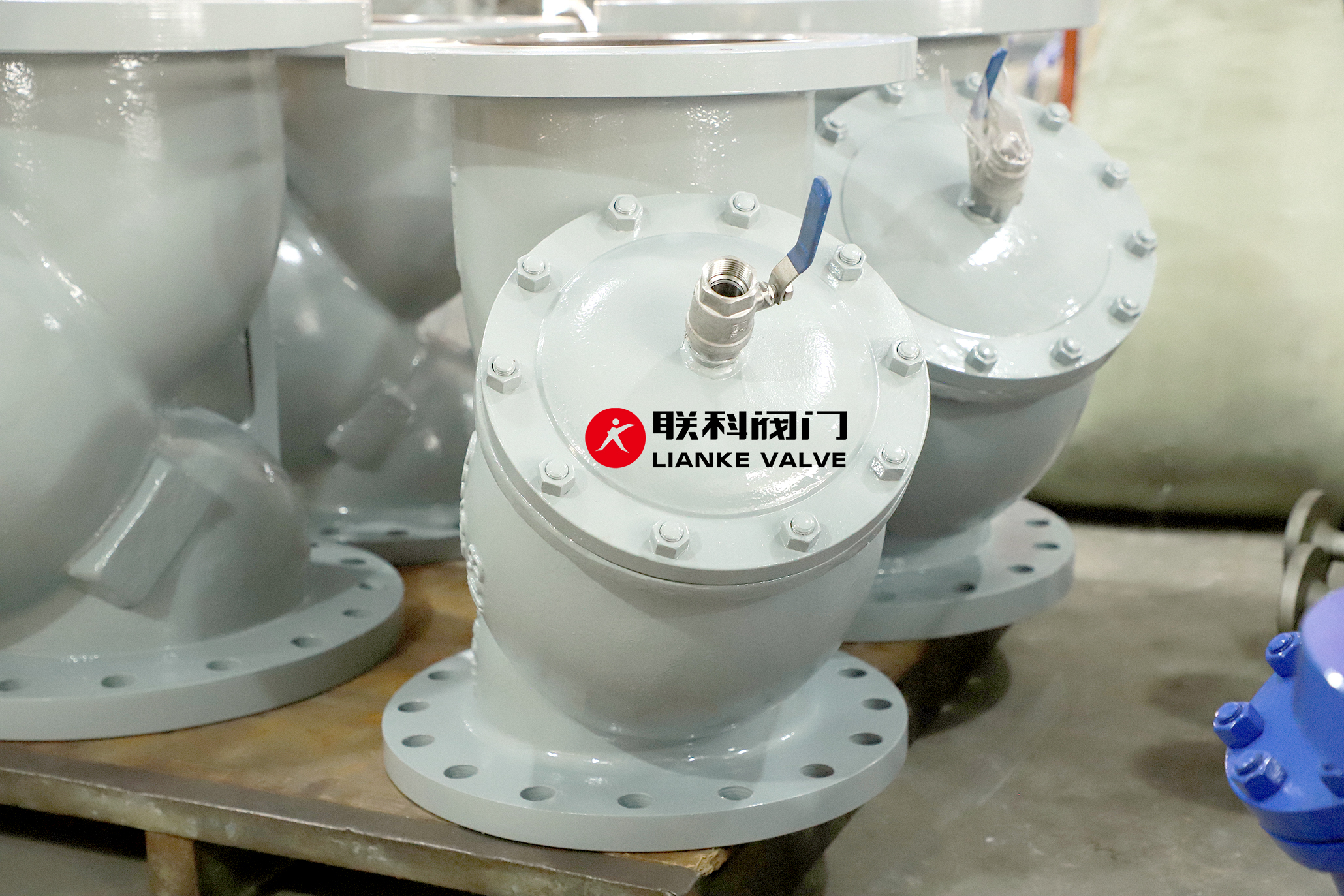
ANSI Class Ratings for Y strainer flanges tell you how much pressure and temperature the flange can handle. These ratings help you choose the right flange material and design to keep your piping system safe and efficient. If you’re installing or replacing a Y strainer in a pipeline, understanding ANSI ratings isn’t optional—it’s essential. Choosing […]
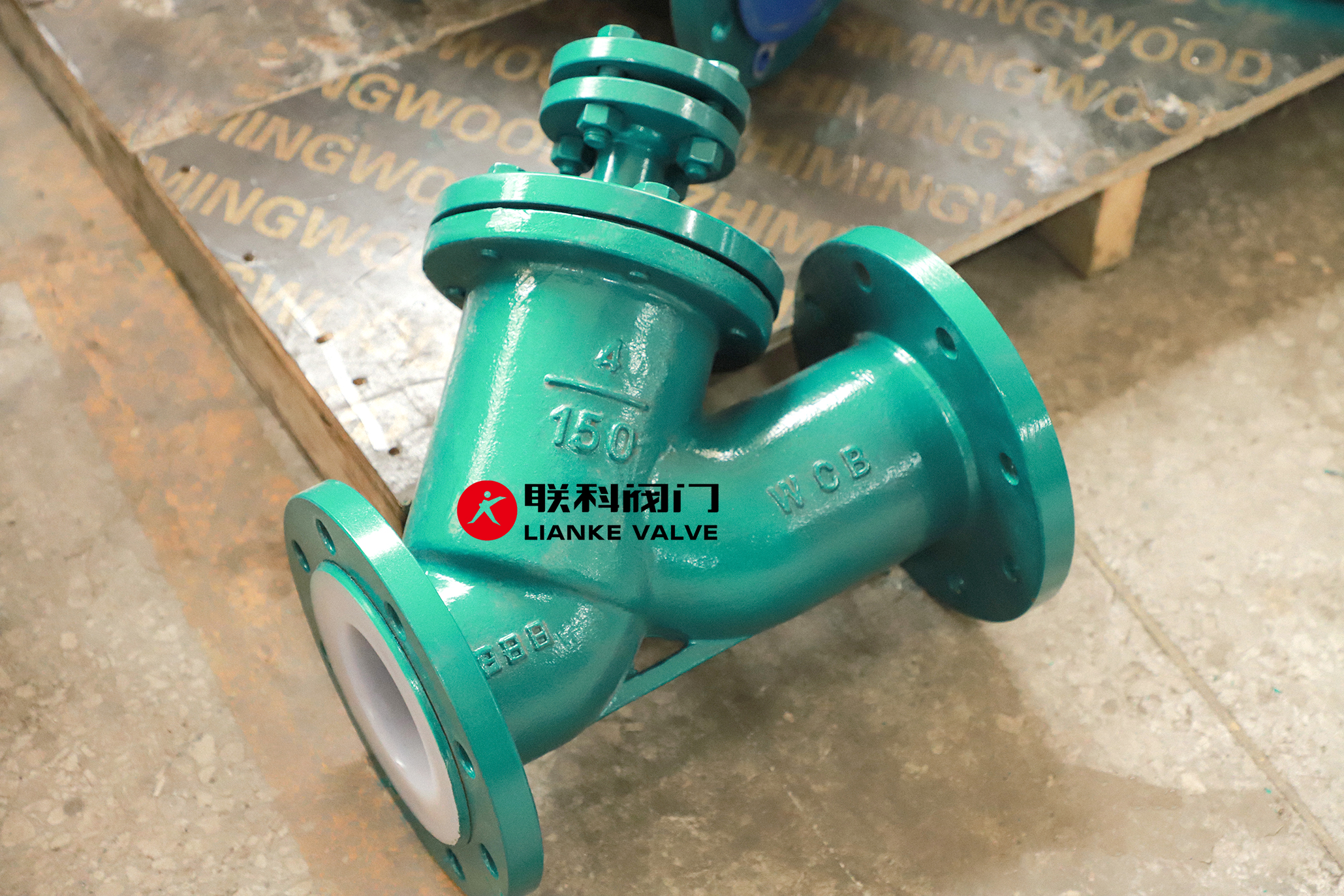
To choose the right wye strainer, you need to understand mesh and screen size. These determine what particles your system can filter out. The finer the mesh, the smaller the particles it catches. This guide explains how to select the correct strainer mesh size, use a mesh size chart, and compare mesh size vs micron […]

When choosing a filter or strainer for your system, micron ratings tell you how small the particles are that your filter can catch. In simple terms, the smaller the micron rating, the finer the filter. Whether you’re in water treatment, chemical processing, or any industry that relies on micron filtration, knowing the right micron size […]
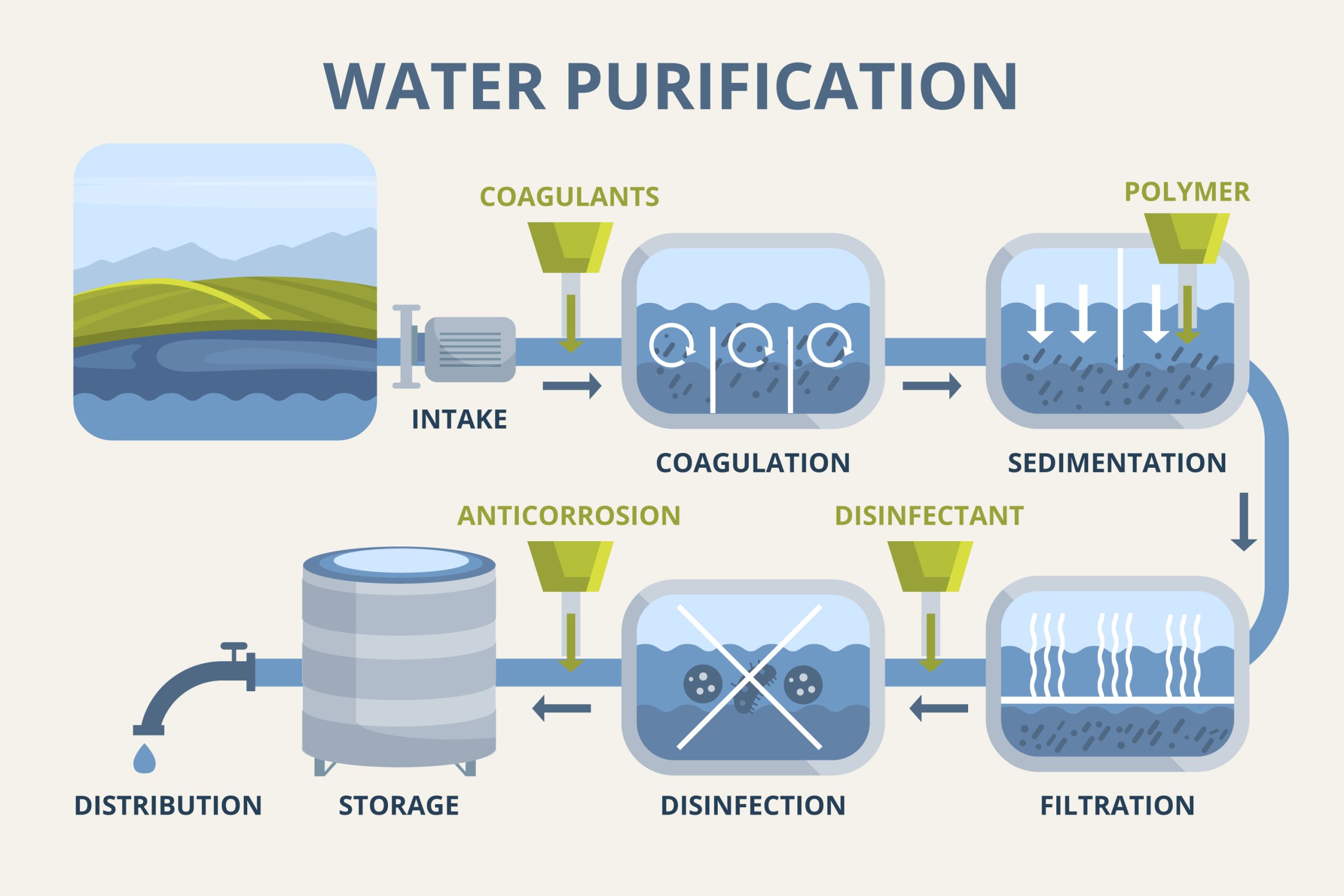
Municipal water doesn’t just show up clean at the tap—it’s the result of a carefully managed process. The liquid filtration process for municipal water treatment plants is the backbone of safe, clean drinking water. From removing dirt and debris to eliminating harmful pathogens, each step in this system ensures water meets strict safety standards. In […]



